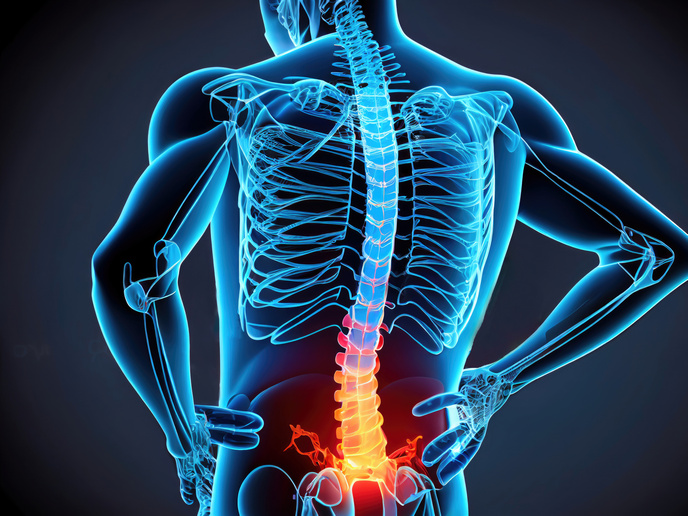Plasma in health applications
Plasma is simply an ionised gas, with one or more free electrons that make this matter electrically conductive and responsive to electromagnetic fields. The generation of most artificial plasmas is derived from the application of electric and/or magnetic fields. The advent of this breakthrough technology several decades ago brought several consumer products with the most popular one, the plasma display panel that is used in flat screen TVs. Not until recently - in 1995 - the first use of plasma technology in a medical device application occurred. First applications involved surface modification techniques and sterilisation. Aiming to promote the use of eco-friendly plasma technology in the health, food and environment sectors in order to create new industrial applications, the PLASMATECH network was built. The key project objective was to collect, structure and manage different information from the industry to inspire new developments. Moreover, the network acted as a means for exchange of experience through demonstration tests and experiments between the different sectors and research. Special functionalities of plasma technologies can also be introduced in applications concerning surface modifications of medical devices. In addition, cold plasma chemistry and sputtering as well as hot plasma temperature can be employed for developing and/or optimising biomaterials. For example, osteo-conduction in coatings and osteo-induction with bone growth can be advanced by using plasma-based techniques. Moreover, through deposition grafting, chemical functionalities with specific biological functions can be introduced. The plasma technology was also found suitable for protein immobilisation on surfaces to induce desired cell responses. Researchers also explored techniques for antimicrobial adhesion and release as well as anti-adherent properties for proteins/macromolecules, cells and tissues with the aid of plasma. Several plasma sterilisers are commercially available, yet research in this field is ongoing to investigate the full potential of plasma action to sterilise/clean surfaces. Opportunities to complement plasma sterilisation include low pressure, thermal effect, direct destruction of DNA by UV radiation, erosion by intrinsic photodesorption, and etching of microorganisms by a radical.







